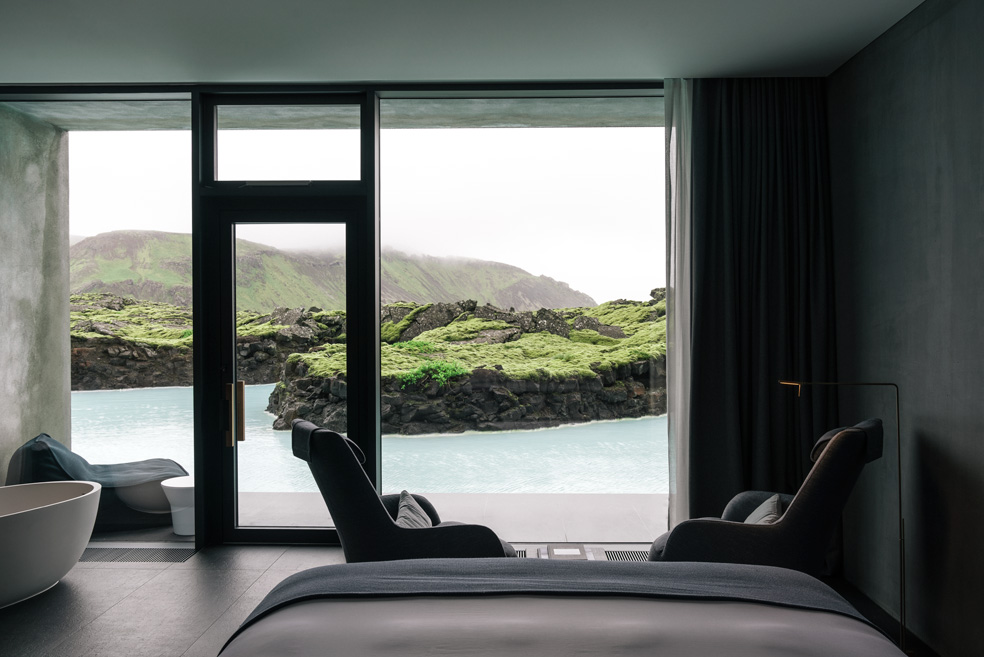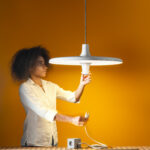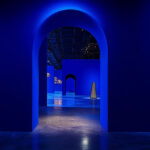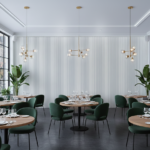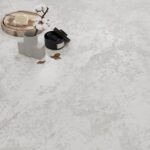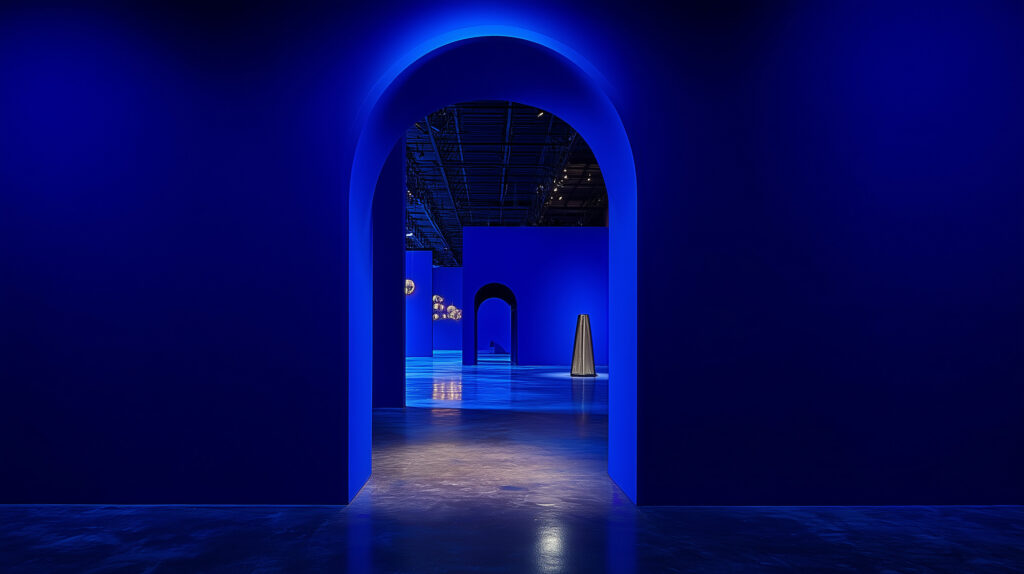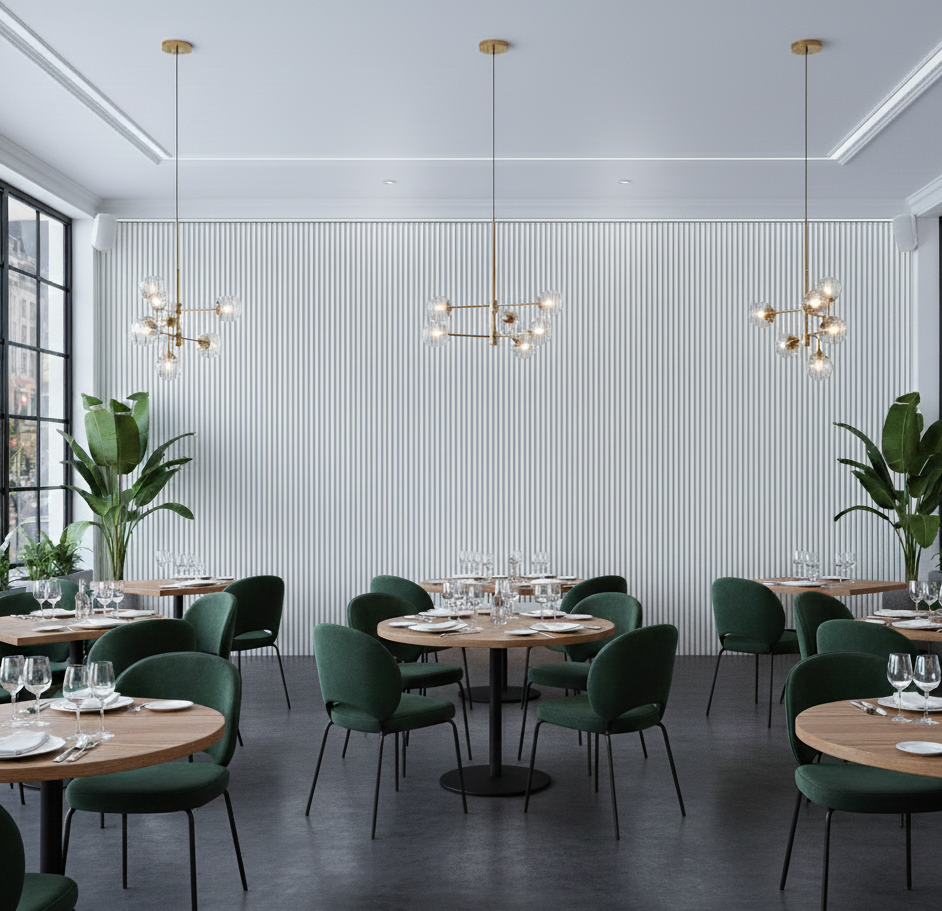Sigurdur Thorsteinsson arrived in Milan from Iceland in the 1980s. Since then he has been living in Milan, where he completed his studies at IED. Today Thorsteinsson is Chief Design Officer and partner of Design Group Italia, a multidisciplinary studio that ranges from product to graphic design, from digital to service design, in the broadest sense of the term. We have talked with him about tourism design and marketing, mobility, about how Italy could improve the quality of life in some areas and become even more appealing to foreign tourists. Design could help this transformation if we recognize its value.
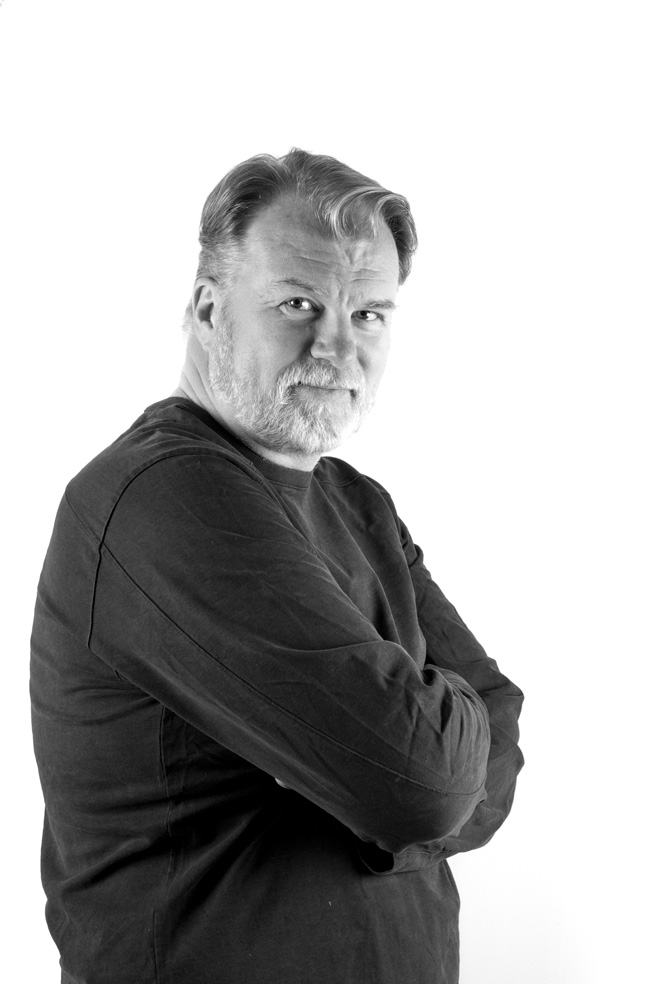
What role could design play in Italian tourism marketing?
First of all, we need to clarify what design is. By now, especially in Italy, the word design has shot into everyday use, but it always seems to refer to a final decoration to a project. On the contrary, design is the structure of the project and should be the basis from which to start, not a final decoration. Let’s take an example and let’s start from the first approach a tourist may have with Italy, when s/he lands at Malpensa airport and must take the train to Milan: the experience of buying a ticket at the ticket machine. For a foreigner it can be really distressful with a cumbersome and unclear system that requires one to know Italian geography. But a tourist does not have to know Italian towns or train routes; information should be simple and immediate.
In Italy, the cradle of humanism, there are many excellences of course, but sometimes it seems that the fact that everything must be built around man and for man’s use has been forgotten. However, it is not impossible to rethink the overall experience, you just have to be willing.
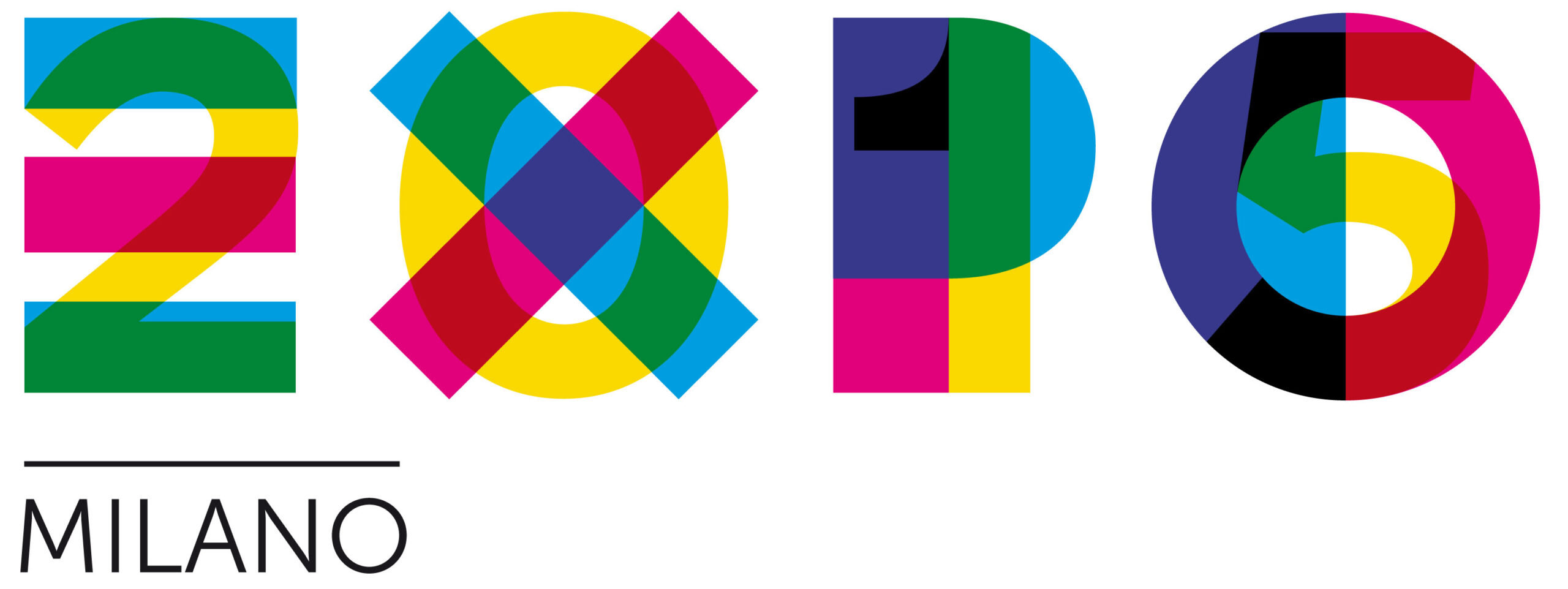
Among the positive experiences, what could be taken as a starting point?
There are several positive experiences that have been developed in Italy quite well. As to the creation of a universally recognized brand, Milan’s Salone del Mobile is one of the best examples. The Salone del Mobile is a particularly interesting event for two reasons. On the one hand, it is a trade fair that has managed to transform itself into a global lifestyle event; on the other hand, it should start to think about how to deal with the next stage. Currently, the Salone del Mobile is considered worldwide as a great design event, but its core is still furniture, around which it was born. Perhaps the time has come for the Milano Design Week to focus on design in the broadest sense of the term, going beyond furniture. In this way, it would become a real space for thought, in addition to the commercial side.
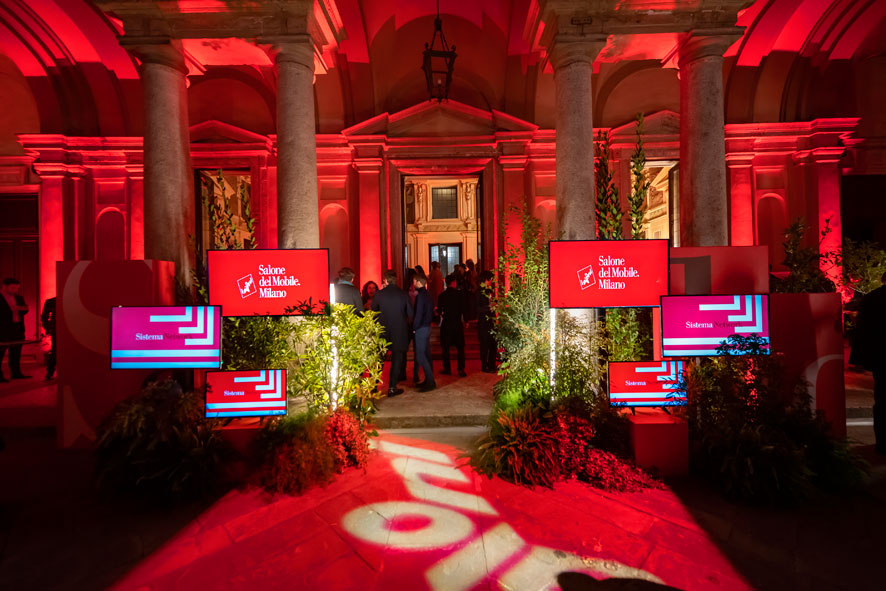
The forced stop imposed by the health emergency could become an opportunity to start again with renewed enthusiasm, perhaps on slightly different bases. And this could apply to Italian tourism in general as well. Italy often lives off its dues and it has some reason to do so. It is a beautiful place, rich in culture, nature, landscapes and so on. However, it could do much more and welcome many more tourists, with some targeted investments.

What I would like to stress is that, if digital marketing is important, creating infrastructures that work is equally important. Another example: Italy has kilometers of ski runs, which are quite crowded in winter. And yet, if you try to book a room for the ski season in Italy, you will find out that it is easier to do it in France or Switzerland. But the tourists of the future will be increasingly spoiled and will want to access services increasingly easily.
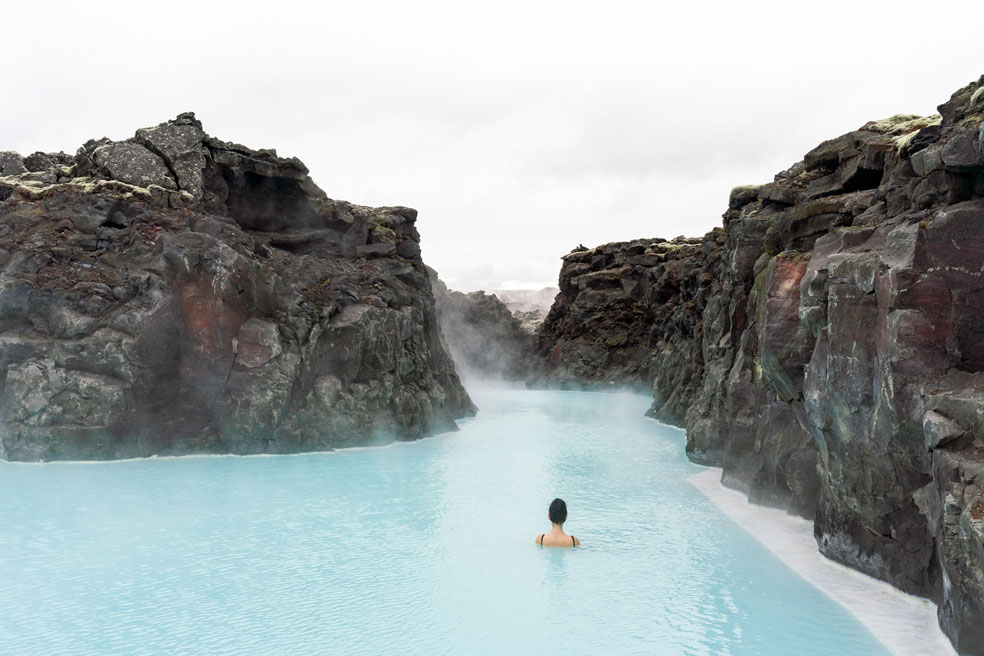
What will the tourism of the future be like?
Let’s start from the assumption that tourists will come back, but let’s think about this. After a stop like the one we experienced, it will take time for tourists to come back. But above all, at least for a while, only people with high spending power will arrive, as flights will be more expensive, etc. These people are the most demanding and you must be ready to welcome them, with excellent services. And this is where the need to work on digital marketing comes into play, to create campaigns to attract tourists, with the need to improve infrastructures to create a positive overall experience.

Design and tourism
And that’s where design comes in. Now Milan offers a beautiful tourist experience: there are places to walk, pleasant connections, shopping areas. Everything can be improved, but, if we compare it to the 1980s, it has definitely improved. Mobility can be improved a lot, but it has already made great strides overall. The focus should be on creating interesting experiences, to be promoted with high-quality digital marketing, linked to well-developed infrastructures. Anything that makes the user’s life easier may help. On the contrary, looking for a nice place to visit, finding it, and not being able to book a place to eat and sleep as easily is rather frustrating. Arriving and finding means of transport that do not work or complicated ticket machines is frustrating. The home of design should design a smooth, fluid, unobstructed, enjoyable experience. This is what will be increasingly necessary.
